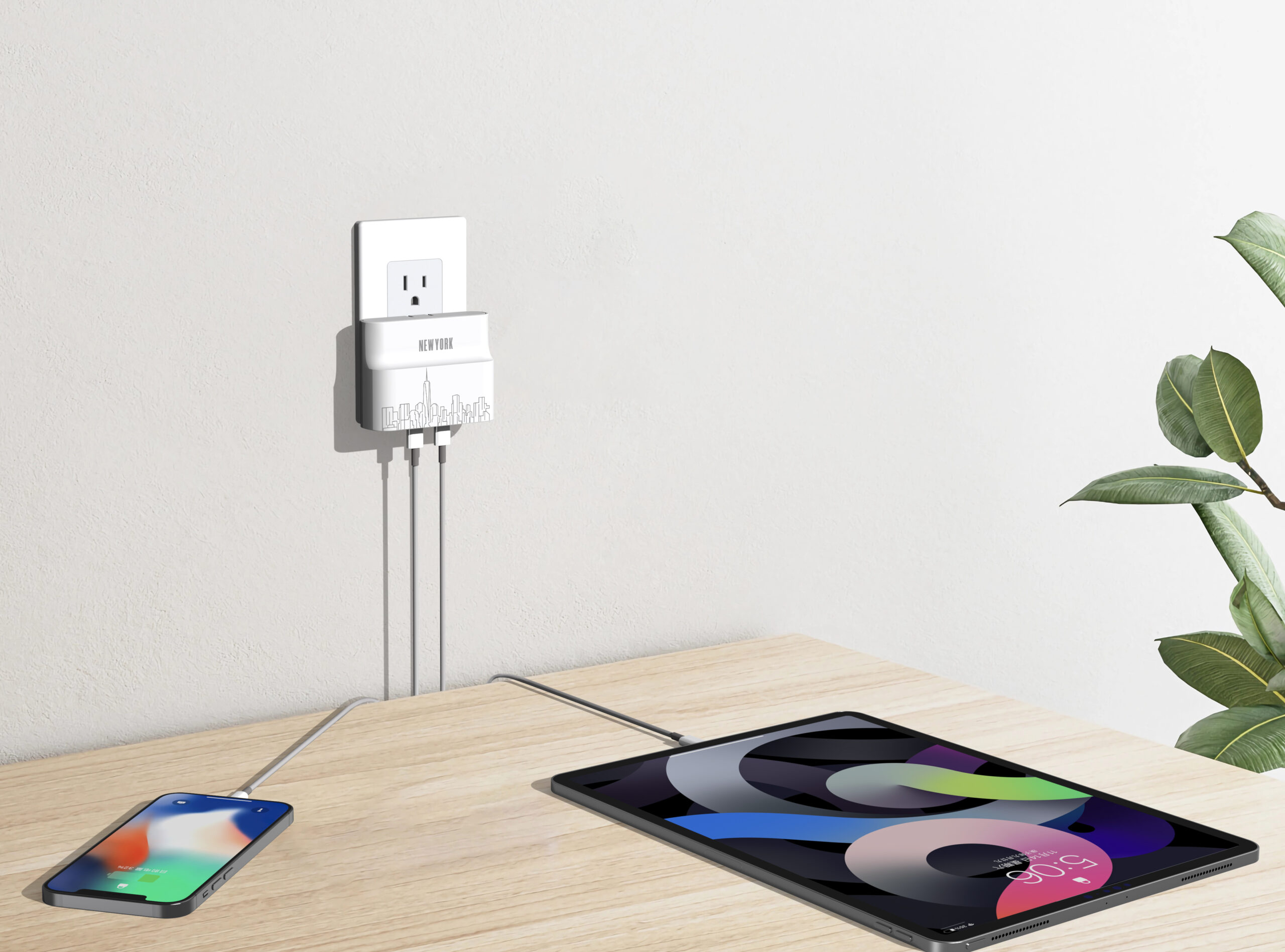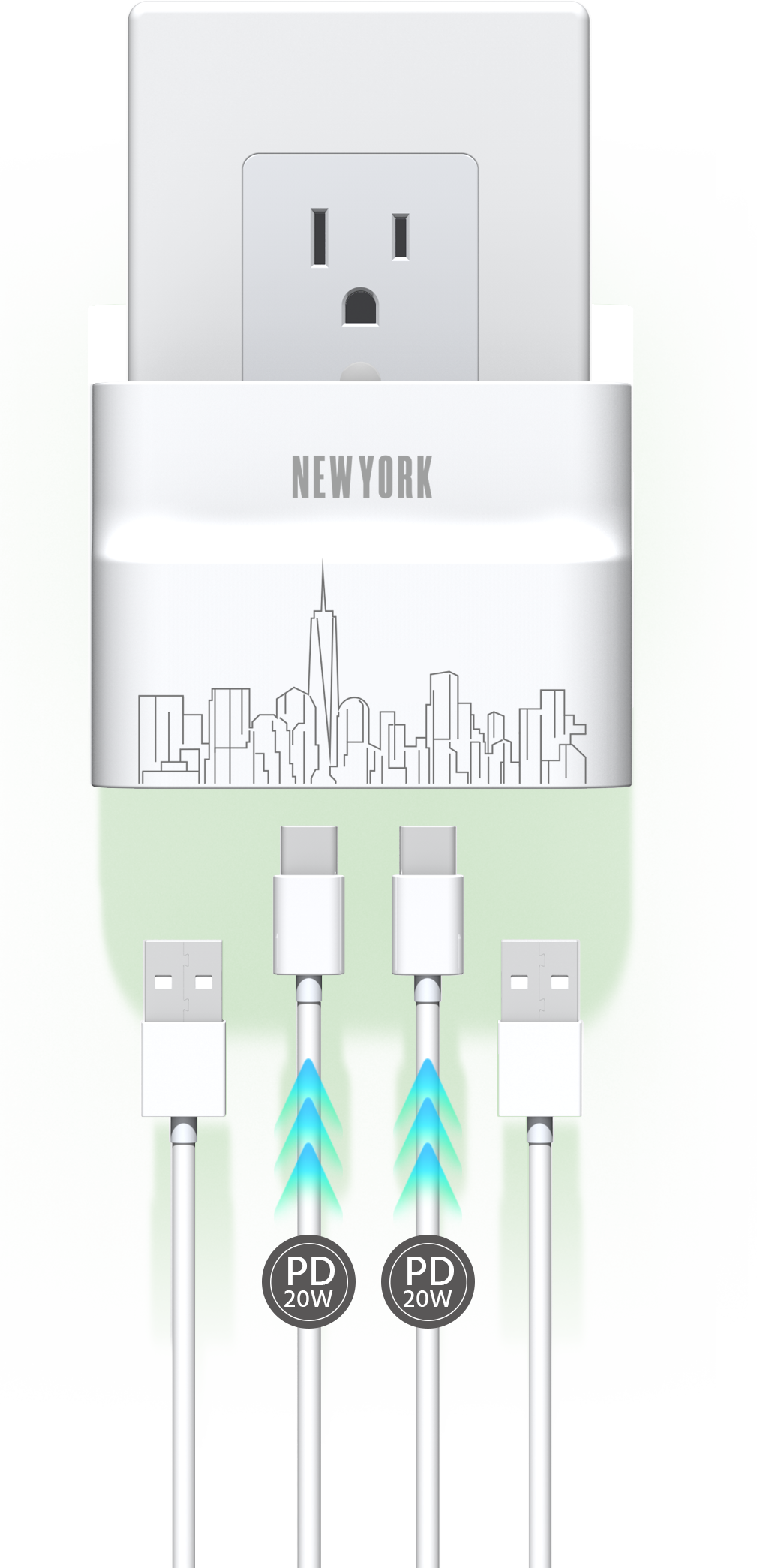Power strips are convenient, but overloading them can lead to fires or damaged devices. How many devices can you safely plug into one? Let’s break it down.
The number of devices you can plug into a power strip depends on its wattage rating, the type of devices, and surge protection features. Overloading can cause overheating, fires, or damage to your electronics.
Keep reading to learn how to calculate your power strip’s capacity, spot signs of overloading, and choose the right power strip for your needs.
What Determines How Many Devices You Can Plug In?
Not all power strips are created equal. Here’s what you need to know:
1. Power Strip Wattage Rating
- Check the label: Look for the wattage (W), amperage (A), and voltage (V) ratings on the power strip.
- Example: A power strip rated for 2500W, 10A, and 250V can handle up to 2500 watts of power.
- Calculate wattage: If only amperage and voltage are listed, use the formula:
Power (W) = Current (A) × Voltage (V)
Example: 10A × 220V = 2200W.
2. Device Wattage
- High-wattage devices: Space heaters, air fryers, or microwaves use a lot of power (often 1000W+). Avoid plugging these into standard power strips.
- Low-wattage devices: Lamps, phone chargers, or laptops use less power (under 100W).
3. Surge Protection Features
- Surge rating: Measured in joules (e.g., 1200J). Higher ratings mean better protection against power spikes.
- Overload protection: Built-in circuit breakers shut off power if the strip is overloaded.
Signs and Risks of Overloading a Power Strip
Overloading a power strip is dangerous. Here’s how to spot it and why it matters:
Signs of Overloading
- Overheating: The power strip feels hot to the touch, or the plastic casing softens or warps.
- Tripped circuit breaker: The strip’s built-in breaker shuts off power to prevent damage.
- Burning smell or sounds: You might notice a plastic burning odor or hear crackling noises.
- Device malfunctions: Plugged-in devices may shut off, short-circuit, or behave erratically.
- Flickering lights: Room lights may dim or flicker when devices are plugged in.
Risks of Overloading
- Fire hazard: Overheating can cause the power strip to catch fire, especially with low-quality products.
- Device damage: Electronics can be ruined by unstable or excessive current.
- Electric shock: Damaged insulation increases the risk of electric shock.
- Circuit damage: Overloading can harm your home or office’s electrical system, leading to costly repairs.
How to Check Your Power Strip’s Capacity
Here’s how to ensure your power strip can handle your devices:
1. Read the Label
- Look for wattage, amperage, and voltage ratings on the power strip or its packaging.
- Example: A label reading “2500W, 10A, 250V” means the strip can handle up to 2500 watts.
2. Calculate Total Device Wattage
- Add up the wattage of all devices you plan to plug in.
- Example: Laptop (60W) + Lamp (40W) + Phone Charger (10W) = 110W total.
3. Check for Additional Features
- Surge protection: Look for a joule rating (e.g., 1200J).
- Overload protection: Ensure the strip has a built-in circuit breaker.
4. Match the Strip to Your Needs
- Home use: Standard power strips (1500W–2500W) are fine for low-wattage devices.
- Industrial use: Heavy-duty strips (3000W+) are needed for high-power tools or equipment.
5. Contact the Manufacturer
- If the label is unclear, reach out to the manufacturer or supplier for technical details.
Tips for Safe Power Strip Use
- Avoid daisy-chaining: Never plug one power strip into another.
- Use 80% of max capacity: For a 2500W strip, don’t exceed 2000W.
- Replace old strips: Upgrade to newer models with surge protection and overload safety features.
- Choose Aligatorpower: Our ETL/cETL-certified power strips are designed for safety and durability.
Power Strip Capacity Comparison Table
| Power Strip Type | Max Wattage | Ideal For | Key Features |
|---|---|---|---|
| Standard Home Use | 1500W–2500W | Lamps, chargers, TVs | Basic surge protection, 6–8 outlets |
| Heavy-Duty Industrial | 3000W+ | Power tools, machinery | High wattage, rugged design |
| Surge-Protected | 2500W–4000W | Electronics, computers | High joule rating, overload protection |
| USB-Integrated | 1500W–2500W | Smartphones, tablets | USB ports, compact design |
Conclusion: Stay Safe and Avoid Overloading
The number of devices you can plug into a power strip depends on its wattage rating and the devices’ power needs. Overloading can lead to fires, device damage, or electric shock. Always check your power strip’s capacity and choose high-quality options like Aligatorpower’s certified products.
Ready to upgrade? Explore Aligatorpower’s power solutions for safe and reliable power management.










